Quality Rating 1: Information and Policies
Instructions
To meet the requirements for Administrative Policies and Practices: Information and Policies: ADM 1.1 you will upload your program’s information and policies for the following:
- Health
- Safety
- Tuition/Enrollment
- Inclusion of children with special health care needs and disabilities
The Policy or Statement Builder interactives provide step-by-step guides for creating your policies.
Health
Encouraging children’s healthy growth and development can have lasting effects on the children and families in your program. Your program’s health policies communicate to families the importance you place on their child’s health. These policies describe the steps you take to maintain a healthy environment, ways you support children to develop healthy habits, and other practices you follow to ensure that children are healthy and strong.
What does the documentation look like?
Your documentation describes the health policies and practices you follow in your program. This list gives you an idea of different health topics.
- Wellness / Illness
- Medication
- Allergy / Asthma
- Sanitation
- Personal Hygiene (examples: hand-washing, tooth brushing)
- Immunizations
- Sunscreen
- Opportunities for physical activity and play
Safety
As a child care provider or teacher, you understand the great responsibility you have to ensure that children in your program are safe. This includes keeping children physically safe and providing an emotionally safe environment where children can develop and learn.
Your policies describe the many steps you take to keep children safe. These policies help ensure that everyone in your program knows and understands their role in maintaining a safe environment.
What does the documentation look like?
Your documentation clearly explains your program’s safety policies and practices. This list offers you an idea of different safety topics.
- Fire Drills
- Emergency Evacuation Plan
- Medical Emergency Procedures
- Drop Off / Pick Up Procedures
- Transportation
- First Aid / CPR Training or Certifications
- Security Procedures
- Inclement Weather
Tuition/Enrollment
Your tuition policies help families understand the cost of your program and how you handle payment. While it is unnecessary to include actual tuition rates in your policy, you may include when and how you accept payment. Enrollment policies may include the number of children you accept to your program, when families can enroll their children, if you use a waiting list when your program is full, or other information you feel will be helpful for families.
What does the documentation look like?
Examples of tuition and enrollment topics include:
- Required forms
- Fee Schedule
- Late tuition fees
- Late pick up fees
- Transition practices for children entering or exiting your program
- Siblings
Inclusion of children with special health needs and disabilities
In an inclusive program, all children have access to and participate in the same routines, play, and learning experiences. This includes children with and without special health care needs or disabilities.
Inclusive practices benefit all children and families in many ways, and your Inclusive Policy communicates the steps you take to make sure all children are able to participate fully in your program. Including your program’s inclusion policies and practices in your handbook, written agreement or contract helps families clearly understand the ways you work to welcome and include all children in your program.
What does the documentation look like?
Inclusion policies may describe:
- What you do to welcome all children and families into your program, including children with special health care needs and disabilities
- Methods you use to meet each child’s individual needs
- Procedures you follow in working with professionals, such as speech therapists, physical therapists, and others
- How you participate as a team member and work with an IFSP or IEP team to make modifications and accommodations for children with special health care needs or disabilities
- Any specialized training you and your staff receive related to diverse populations of children in your program
- Access to specialized equipment or resources to support children with special needs
Look at your inclusion policies through the eyes of a parent whose child has special health care needs or a disability. What words sound welcoming and reassuring? How do the policies demonstrate exactly what you do to welcome all children into your program? Make any changes that will assure families that you will partner with them and work to meet their child’s individual needs.
Remember: For children with special health care needs or children with disabilities, getting needed services and being included can have significant impact on their lives and the lives of their family members.
Policy or Statement Builder
Develop policies that are important for families to understand about your program. The Reflection Questions below will help you think about what you do in your program to capture it when creating your policies for your Family Handbook. Once you have spent time reflecting on the questions below, you’re ready to build your policies.
Reflection Questions
- What are your policies and practices about health?
- What are your policies and practices around safety?
- What are your policies and practices about tuition/enrollment?
- What policies are in place so that children with disabilities and children with special health care needs are included?
Optional Questions:
- How would you describe your programs mission and/or philosophy statement? What are the overall goals of your program?
- What policies are in place so that children with disabilities and children with special health care needs are included?
- What are your positive behavior practices?
- How do you communicate with families?
- How do the children engage in physical activity?
- What are your guidelines about nutrition?
- How would you describe your curriculum?
- What kinds of child assessments do you use?
Did you know that if you include the Optional Questions in your policies that you may be approved for a higher level in ADM 1?
Policy Builder Resources
Use these optional PDF resources to reflect on your program’s practices and create your policies.
Technology Tips
Choose the way that the provided resources will be most useful to you.
You can:
![]() Download the PDF.
Download the PDF.
![]() Save the PDF.
Save the PDF.
![]() Print the PDF.
Print the PDF.
![]() Edit the PDF.
Edit the PDF.


